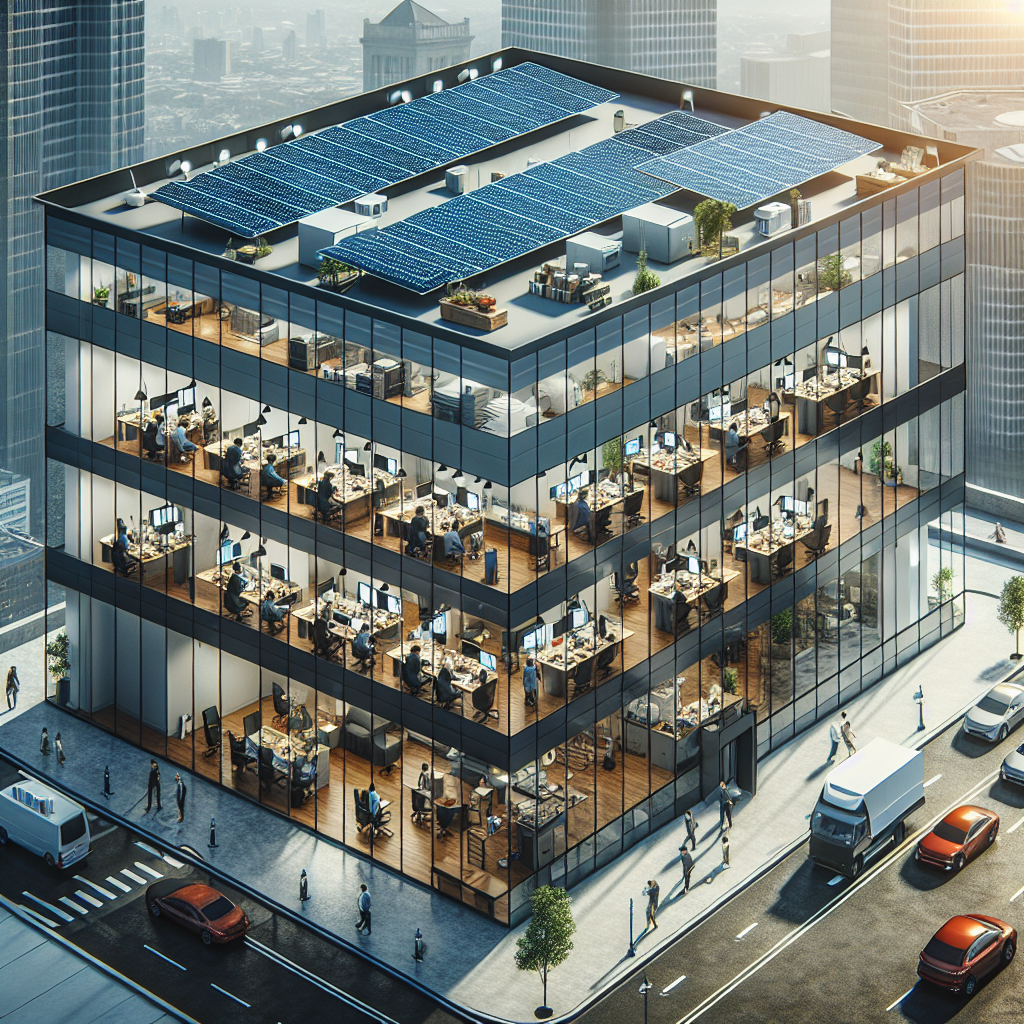
How Addison Commercial Properties Save on Energy with Solar Films
Introduction to Solar Films and their Benefits
In recent years, the use of solar films has gained popularity as a sustainable solution to reduce energy consumption in commercial properties. These films are applied to windows and can help with energy savings in a variety of ways. Amongst them, Addison Commercial Properties has implemented the use of solar films, and the result has been astounding. In this blog post, we will explore how solar films have helped Addison Commercial Properties save on energy costs and contributed to their sustainable practices.
Understanding Solar Films and How They Work
Solar films are thin, transparent sheets made from materials such as polyester or ceramic, which are applied on windows. These films act as a barrier between the interior of the building and the sun's rays, reducing the amount of light and heat that enters the building. They can also help with UV protection, reducing glare and fading of furniture and flooring. Solar films have a wide range of benefits, making them an ideal choice for commercial properties.
How Solar Films Help with Energy Savings
One of the primary benefits of solar films is their ability to reduce the amount of heat that enters a building. By blocking the sun's rays, solar films reduce the need for air conditioning, ultimately leading to lower energy consumption. This means that in the summer months, Addison Commercial Properties experiences up to 30% reduction in their energy costs. Additionally, in colder months, solar films help to retain heat, keeping the building warm and reducing the need for heating.
Financial Impact of Solar Films on Addison Commercial Properties
Besides the energy savings, Addison Commercial Properties has also seen a significant financial impact from the use of solar films. The installation of solar films is a one-time investment, and the cost is significantly lower than other energy-efficient solutions. Moreover, the energy savings translate into direct cost savings for the company, resulting in a higher return on investment.
Sustainability Efforts and Environmental Benefits
Along with cost savings, the use of solar films at Addison Commercial Properties has also contributed to their sustainability efforts. By reducing energy consumption, the property has significantly lowered its carbon footprint. Additionally, as solar films also help with UV protection, there is a decrease in the need for artificial lighting, further reducing energy consumption. This has resulted in a more environmentally-friendly approach for the property. In conclusion, the use of solar films has proven to be a highly beneficial solution for Addison Commercial Properties. With reduced energy costs, financial savings, and a more sustainable approach, the implementation of solar films aligns with the company's efforts towards energy efficiency and conservation. As a rapidly growing trend, more commercial properties are opting for solar films to save on energy and contribute towards a more sustainable future.










